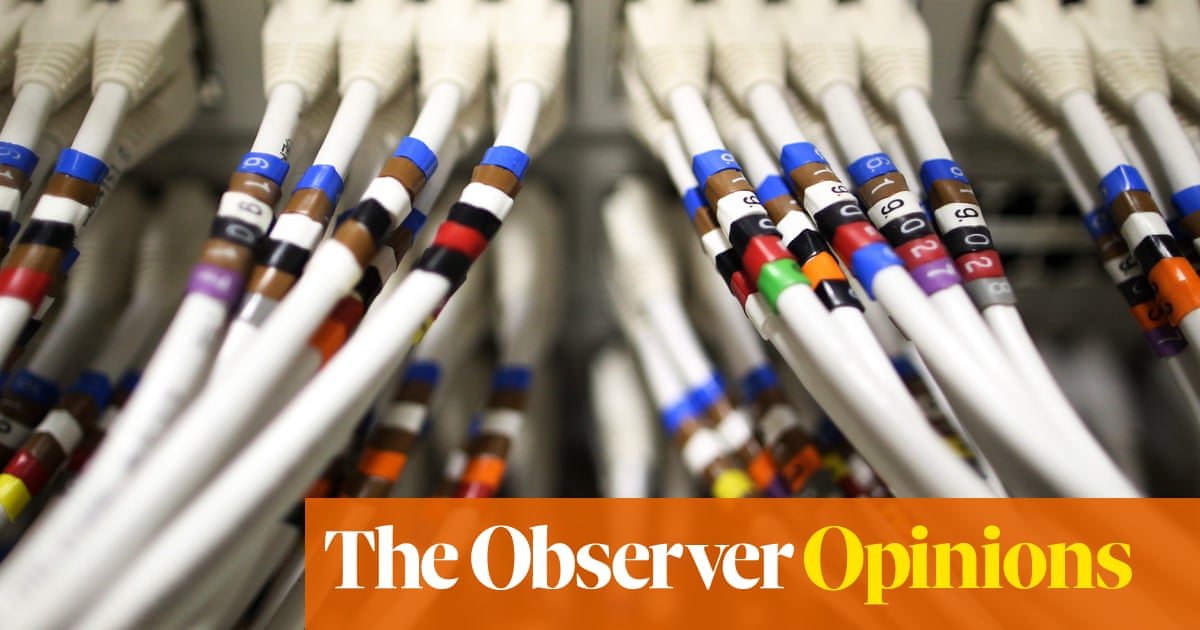As I expected, the author made no attempt to calculate the carbon footprint of the human artists and other workers that these AIs can replace, or the carbon savings from productivity gains or other similar efficiencies. If a call center gets closed because the workers were replaced by AI that’s a ton of commuting and such that’s no longer needed.
This is why I’ve been researching and working on FOSS AI systems. My own AI cannot fire me. ;)
The world it’s going to the fuck, isn’t news… just enjoy your life while it last. 🤣🤣…
This is the best summary I could come up with:
Answer: reach for the Gartner Hype Cycle, an ingenious diagram that maps the progress of an emerging technology through five phases: the “technology trigger”, which is followed by a rapid rise to the “peak of inflated expectations”; this is succeeded by a rapid decline into the “trough of disillusionment”, after which begins a gentle climb up the “slope of enlightenment” – before eventually (often years or decades later) reaching the “plateau of productivity”.
This hype has given rise to much anguished fretting about its impact on employment, misinformation, politics etc, and also to a deal of anxious extrapolations about an existential risk to humanity.
Which, in turn, means CO2 emissions on a large scale – about which the industry is extraordinarily coy, while simultaneously boasting about using offsets and other wheezes to mime carbon neutrality.
The implication is stark: the realisation of the industry’s dream of “AI everywhere” (as Google’s boss once put it) would bring about a world dependent on a technology that is not only flaky but also has a formidable – and growing – environmental footprint.
A study in 2019, for example, estimated the carbon footprint of training a single early large language model (LLM) such as GPT-2 at about 300,000kg of CO2 emissions – the equivalent of 125 round-trip flights between New York and Beijing.
Ways of seeingIn an intriguing blogpost, Om Malik describes why Apple’s fancy, soon-to-be-released headset Vision Pro will change photography.
The original article contains 897 words, the summary contains 238 words. Saved 73%. I’m a bot and I’m open source!
Can we make a single breakthrough in technology that doesn’t totally fuck our planet? That’d be just swell!




